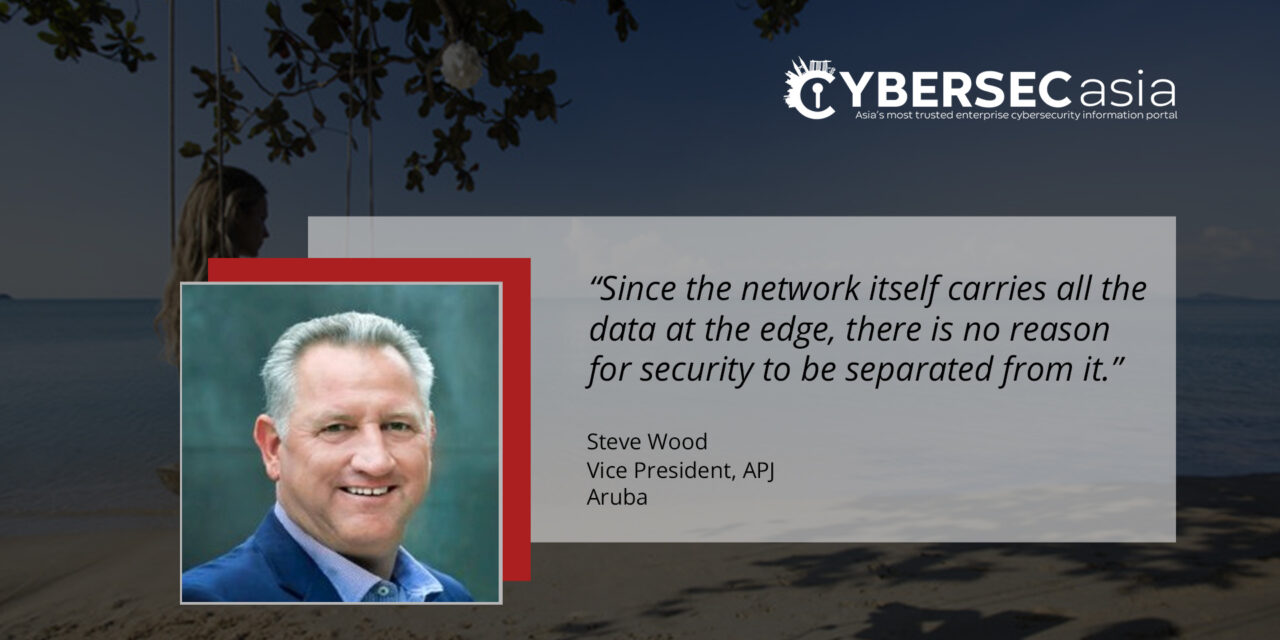If the hybrid-work and work-from-anywhere paradigms take root, will traditional networking architectures need an edge-to-cloud transformation to stay relevant?
Current trends in hybrid-working indicate that traditional work practices will continue to be reimagined. This ‘work from anywhere’ era has leapfrogged into a brand-new architectural phase: edge-to-cloud.
But with 75% of corporate data generated and processed outside a traditional centralized data center or cloud, and with over 50 billion of interconnected devices expected to further digital business initiatives in the next five to 10 years, organizations must focus on creating an architecture that will allow them to unlock the best of their digital transformation and enable a successful hybrid workplace, even after the pandemic-induced disruptions recede: one that is facilitated by an essential synergy between the network and security.
The right network architecture matters
The sudden shift to remote-working has put a spotlight on the network as a means of supporting every aspect of the business, from connecting employees to mission-critical applications to reinventing business models.
As the possibility of returning to office and business travels remains a question, Aruba’s recent survey of IT decision makers globally revealed that 83% of organizations were looking to maintain, if not increase, their investments in cloud-based networking, with the Asia Pacific region leading the way at 45%. This result underscores the importance for remote management at scale while meeting the needs of today’s highly distributed workforce.
However, creating the right network architecture is no-easy task. In addition to scalability, it must also satisfy other unique sets of requirements that separate enterprise-grade from consumer-grade network solutions. These include, among others, the ease of connectivity as well as performance and reliability that mirror the in-office experience at the convenience and safety of an employee’s home.
For instance, high-performance remote access points (APs) must be simple to deploy and allow for zero-touch provisioning. This plug-and-play feature does not require direct assistance from an IT professional for setup, and ensures consistent access to data and applications regularly used by employees. Such arrangements are ideally suited for wide-scale business continuity implementations.
Some examples of organizations that have transformed their network infrastructures to be resilient, flexible, and scalable are a media organization in Singapore and a State Cooperative bank in India. Their transformations put their employees’ and customers’ needs first—very important in these uncertain times.
Converging security with the network
In transitioning to a hybrid-work environment, organizations are also deploying an array of IoT-capable devices to make their operations even more efficient, intelligent, and dynamic.
But the expanding and blurring security perimeter has become a big pain point. When security is bolted-on to the network architecture through an uncoordinated mix of third-party solutions, it can become an attractive attack vector for malicious threat actors.
Business leaders must pay close attention in creating that essential partnership between networking and security functions, and the emergence of Secure Access Service Edge (SASE) is accelerating this integration.
Traditionally, organizations deploy separate security solutions in different parts of the network as add-on elements that make visibility to systemic threats even more complex. Since the network itself carries all the data at the edge, there is no reason for security to be separated from it. Instead, security solutions can be directly deployed into the network to address vulnerabilities in real-time.
This is where SASE comes in: to integrate these disparate functions, in order to provide seamless connectivity and exceptional user experiences along with a comprehensive cloud-delivered security capability.
The future is edge-to-cloud security
Changing times call for network and security transformation—and that is exactly is being witnessed right now. Organizations are also well-served to evaluate platforms that offer the freedom to integrate best-of-breed network and security solutions that best suit their needs and most importantly, at their own pace.
This approach lays the groundwork for organizations to adapt and overcome challenges of embracing a hybrid workplace, and to keep up with the evolving security landscape.

















